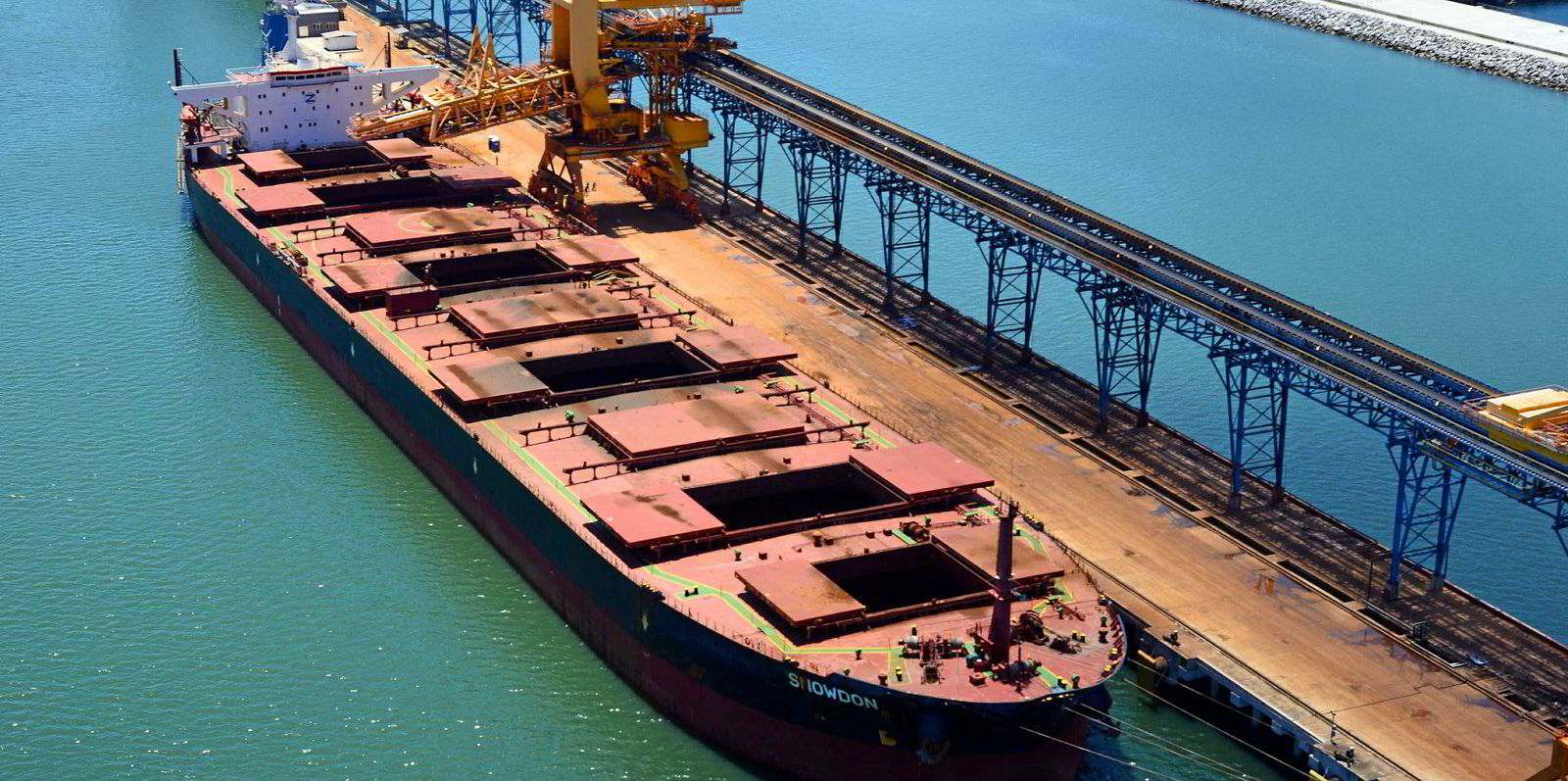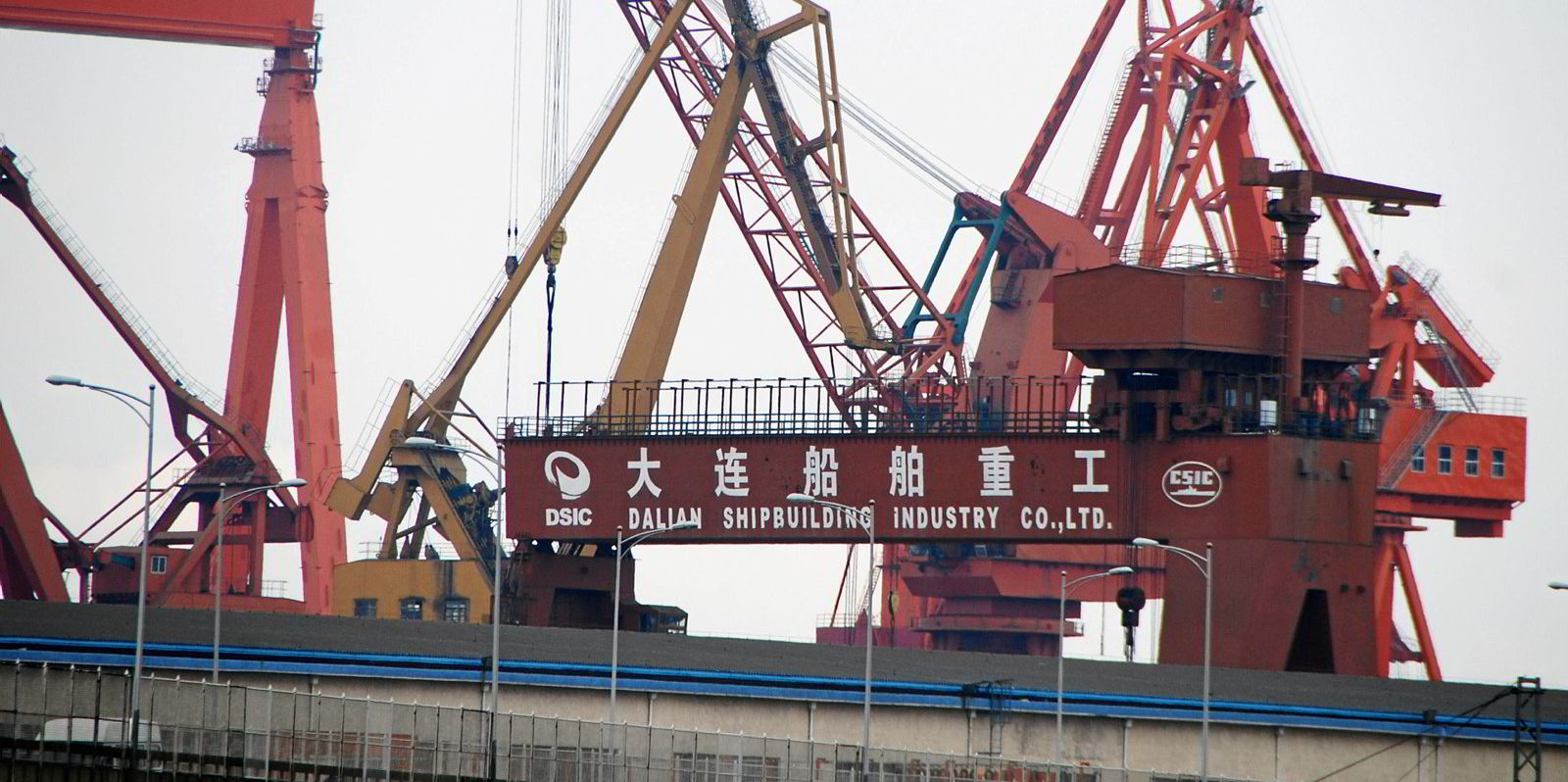Assessments of average spot rates for capesize spot rates have jumped up by just over 12%, the second highest daily increase on record.
Baltic Exchange panellists on Friday added an extra $5,021 to the capesize 5TC assessment, the weighted average of spot rates across five key benchmark routes.
The basket assessment was put at $46,172 per day on Friday.
The largest daily increase in the assessment happened on 18 June last year, when it rose by $6,244, based on its current methodology.
Such big gains have not been seen since 2010, using the old methodology that was phased out in early 2014.
Ending on an 'unpredictable' note
It has been a bumpy week for the capesize market.
"What appeared initially on Monday as a well-supplied and relatively muted start, appears to be ending on a far more unpredictable note," Braemar ACM Shipbroking commented in a market report on Friday.
General sentiment in the market took a variety of knocks early in the week from fears that a military coup in Guinea could affect the bauxite trade, as well as how Typhoon Chanthu could potentially disrupt ports in Asia.
This fed into a three-day rout and average spot rates fell to $40,518 per day on Wednesday.
"There was also some competition from Brazilian shippers able to look into later laycans in October for vessels yet to pass Singapore," Braemar said of the Atlantic market this week.
"The Pacific has traded at a discount to the longer duration ballasting routes up until this point. It’s yet to be proven if the latest rebound in value is sustainable or whether its a pinch to be navigated till conditions once again settle."

In the Pacific, Western Australia this week has seen "much healthier" volumes of traffic both loading and waiting to load, Braemar said in its report.
"The dates of the shippers moved steadily this week and rates seemed to drift as owners were left to consider the benefits of fixing for a shorter duration round trip in the absence of more attractive opportunities," it said in the report.
Meanwhile, shippers in the Atlantic market have busily covered their needs for China-bound iron ore loading in Brazil during the rest of September and have been active in making enquiries for October too, according to Braemar.
"The difference in opinion between owners became apparent with only a portion of tonnage willing to sell below $30 toward the start of the week," Braemar said of Brazil-China voyages for iron ore.
"As we near the end there seems to be less appetite below $31 for the same position."
Looking slightly further ahead, Braemar said the Pacific market could run the risk of having too many available ships in late October.
'Danger of oversupply'
"Traffic westbound past Singapore remains consistently high, which starts to signal a danger of oversupply," the firm said.
"The reluctance from charterers to engage for 2nd half October cargoes seems to testify to the same. For now, the market remains poised as more fixtures continue to be reported at improved levels."
Sentiment is said to be firming for the Atlantic capesize market as the list of ballasters grows shorter, according to Braemar.






